The key to a successful business may be closer than you think. Practicing governance is a huge contributor to a high-performing organization. Governance is not a single activity, but rather a system by which entities are directed and controlled. It provides the foundation for a strong company by creating a process for decision-making, accountability, control, and behavior. This ensures the organization is adaptable to an ever-changing environment. While this may seem like a broad explanation, it is because governance truly is everywhere. However, let’s narrow it down to three specific areas and see how it can be applied to enterprise, cloud, and development.
Enterprise Governance
The main idea behind enterprise governance is to create a system of rules and programs that contribute to enterprise-wide outcomes. More specifically, enterprise governance can be defined as, “the structure and relationships that control, direct, or regulate the performance of an enterprise and its projects, portfolios, infrastructure, and processes.” The importance of this lies in risk management. Having strong enterprise governance ensures that company resources are used responsibly, and roles are clearly defined. When executing a business strategy, governance puts in place policies that help you assess and manage risk, whether that risk is internal, external, known, or unknown. This will, in turn, help a business remain compliant with government laws and regulations. In addition to this, it enforces a healthy workplace dynamic from an ethical and leadership standpoint. It makes long-term strategic objectives clear to the entire enterprise while laying out the policies needed to reach these goals.
Cloud Governance
While the importance of the cloud in modern businesses continues to grow, so does the governance surrounding it. There are many new risks introduced when a company switches to the cloud. This is due to localizing everyone’s data in one area. Not only this, but cloud features regularly update. These features have opened businesses up to an entirely new way of operating that is much more efficient and effective. However, the issue with this is that any change to a business process or technology platform introduces risk. Therefore, cloud governance is a crucial step to the success of an organization. It helps mitigate risks and ensures minimal interruption to adoption or innovation efforts. A good example of this is to imagine the average employee making a poor cybersecurity decision and their password being compromised. Having good cloud governance means a plan for this would already be in place to deal with this risk. Furthermore, the cloud allows you to control who has access to and can edit and view certain information. With cloud collaboration and the push for digitized records, governance puts policies and procedures in place to give employees a sense of direction, control, and guidance. Navigating the cloud can be a complicated task as is, and governance streamlines things.
Development Governance
When discussing web application development, there are a lot of moving parts that play into it. A need for app and enhancement requests surfaces and it can be difficult to manage these requests in an efficient, organized manner. Given this, it is necessary to have strong governance throughout development to guide the process and ensure everything runs smoothly. A good way to understand this is by looking at the software development cycle. This occurs in 7 stages:
- Planning Stage
- Analysis Stage
- Design Stage
- Implementation Stage
- Testing Stage
- Integration Stage
- Maintenance Stage
Going into this process without governance would lead the organization to run into issues such as not knowing when things are due, what is important, and who is doing what. This will ultimately stall the entire project. Development governance helps get processes ironed out. A great resource for this is Microsoft Azure DevOps. This relates to both cloud and development governance. DevOps allows you to catalog what is being pushed so your other team members can see what you did. You can create projects and within those projects see an overview of project stats. Additionally, Azure DevOps features a Test Hub with a central location where your team can coordinate all manual test activities, track progress, and get critical insights. Applying governance to development ultimately increases efficiency and collaboration.
Wrap-Up
All in all, governance is not black or white. It is a broad idea that can be applied to an array of areas in business. However, applying it to areas such as enterprise, cloud, and development contributes to effective collaboration. A strong business is one that can function as a team. Having policies and procedures are necessary, otherwise you may find the organization doing things entirely disjointed. Not only this, but it is a huge factor in mitigating cybersecurity risks, especially within the cloud. Governance may seem tricky to manage, but luckily Bravo has your back.
Want to learn more about governance and how it can be implemented into your organization? Bravo has your back! Fill out the form below to get in contact with one of our experts!












